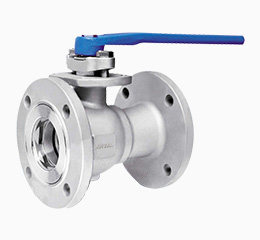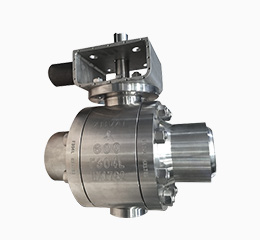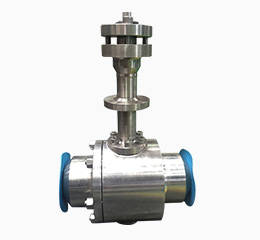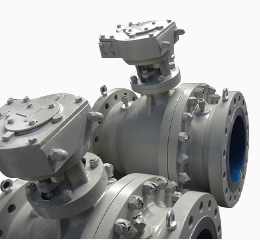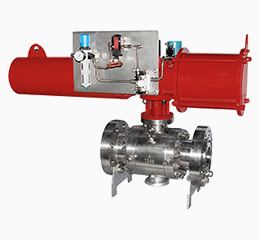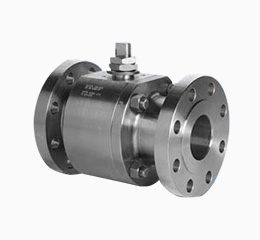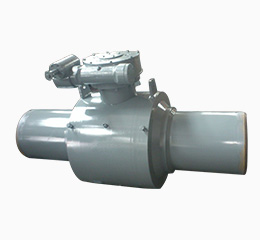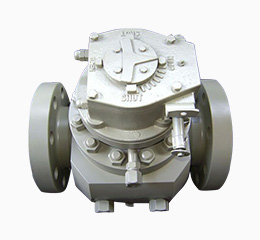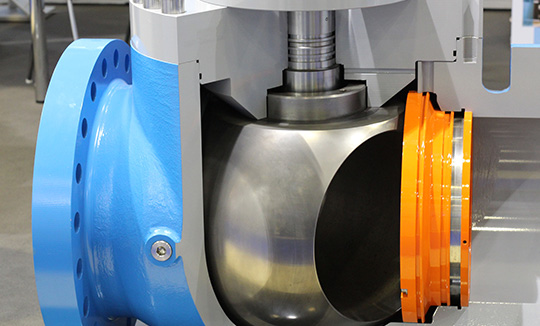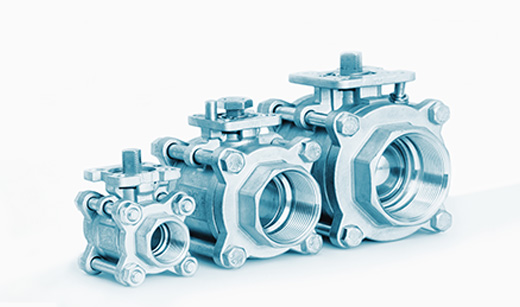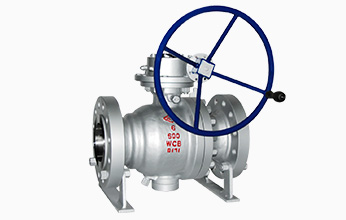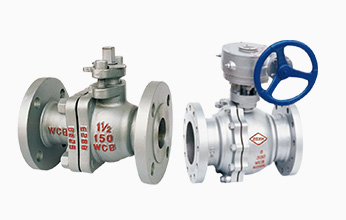China Ball Valve
Home » Ball Valve
Your Trustful Ball Valves Supplier
XHVAL is one of industrial ball valves manufacturers in China since 1986. As a leading & professional China-based ball valve factory , our company manufacturing industrial trunnion and floating ball valve design, such as one, two, three piece ball valve with different materials; and also manual operated valves including gear operated ball valves. Contact us today to request a free quote or more information.
REQUEST A QUOTE FOR MORE DETAILS
All You Need to Know About Ball Valves
These valves belong to the quarter-turn on/off valve family. This means that a 90-degree turn can either permit or stop the flow of media using a ball-like mechanism inside the valve. Ease of operation is the main advantage of ball valves. In industrial applications, this is a very reliable device for a complete and tight shutoff.
However, this type should not regulate flow media as in a partially open or closed manner. The pressure might affect some valve parts.
This article provides information about ball valves, including understanding its components, knowing what to consider when buying them, comparing the pros and cons, as well as identifying various classifications of ball valves. You can also check out what is a ball valve exactly in our blog post.
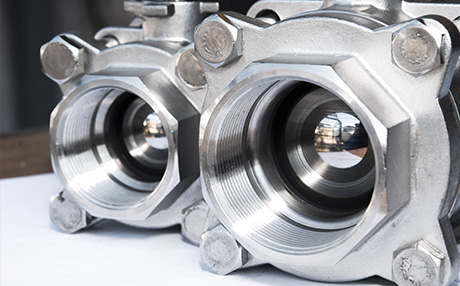
Advantages of Ball Valves
Drop
There is no need for a higher and powerful pump to move the fluid and gas. It also means the change of pressure from high to low is minimal, ensuring the smooth running of the pipe components.
No Stem
The valve does not include a stem part that pops up or down depending on the movement. Hence, no gas or liquid gets out of the pipe when the valve is shut off or turned on.
Easy To Operate
It only takes a 90°-turn for the valve to shut down or turn on.
Cost-effective
This type of valve does not cost much yet lasts for a long time. There are more choices because of varied designs.
Versatile
This valve supports high pressures and temperatures. It can withstand up to 700 bars and 200°C.
Easy To Fix
Because of its simple design, especially the top entry, fixing and assembling them is easier compared to other valve types.
How Do Ball Valves Work?
The valves can be two-way or more, depending on the number of ports. A two-way valve can be bidirectional. That is when there are two seats, one for the upflow and the other for the downflow. There are other ball valves that allow flow in many directions. Cost-effectiveness is the goal for these valves.
These valves take a quarter turn to open, allowing components to pass through. Sealing the pipe using this kind of valve is to make another quarter turn, depending on the shut-off design. You can also check more details on how do ball valves work in our blog.
What Are Ball Valves Used For?
Almost all industrial applications need protection from leaks. This is particularly important to those that require tight shut mechanisms. Such examples are the purely liquid or gaseous applications, including natural gas industries, chemical storage and those that work with corrosive fluids. Slurries don’t work well for these valves.
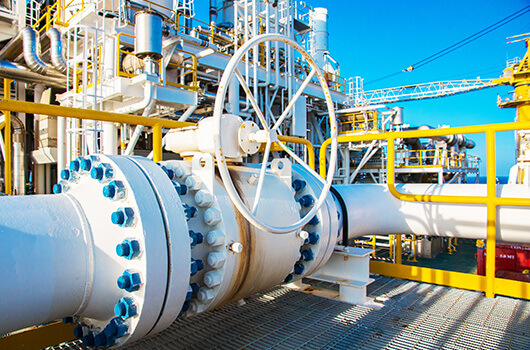
Ball valve body
This refers to the framework of the valve that keeps all parts intact. This part is attached to the pipes in the pipe system. The body may have one, two, or three pieces.
Ball valve actuator
Found external to the body, the actuator opens or closes the valve from the outside. Opening can be done manually or automatically.
Ball valve ball
The ball is the hollow sphere placed in the middle of the valve. When turned, it will either allow the media to pass through the valve or not.
Ball valve seat
As its name connotes, this part seats the ball device inside the valve. The seat provides the secondary protection from leakage as the valve closes.
Ball valve stem
The stem refers to the shaft that connects the inner ball to a handle or actuator. This part transfers the movement of the actual quarter turn force from the actuator to the inner ball part.
Ball valve bonnet
The bonnet is the housing that covers both the packing and the stem. This provides a tertiary leakage protection.
Ball valve packing
The packing prevents leaks from the valve from escaping to the external environment.
Ball Valves Designs: Factors to Consider
#1 Ball Valve Size
The size or the diameter of a ball valve matters. There are ball valves that supply only the full port valve. This means they have the same diameter as the pipe. Sizing matters because it affects the flow of the gas or liquid. Diameters can vary from a ¼ valve to as large as a 2” valve.
#2 Ball Valve WOG
Another term for water, oil or gas, WOG refers to the material passing through the valve and pipes. Each of these has different pressure ratings, which, in turn, can carry or affect various pressure ratings.
Understanding these two, as well as how valve sizes and materials interact, are determining factors in vaulting in valve efficiency.
#3 Ball Valve Materials
The common one is the steel ball type, but industries also use brass or bronze with nickel plating. Most of the time, 316-grade steel is the preferred material. But, take note, this depends on the type of media flow and other conditions. Non-corrosive media should use electroless nickel plated carbon steel balls. Avoid chrome-plated ball valves because these are much more prone to corrosion.
#4 Ports
Ports are the entry and exit points of valves, which can either be full or standard. They can restrict fluid or gas flow.
#5 Ball valve flow characteristics
Flow media refers to the component that passes through the valve. Similarly, the type of fluid or gas plays a role in choosing the right kind of valve. In relation to this, it can produce reactions when in contact with the valve.
#6 The Entire Piping System
These valves are just part of the equation. Considerations should include the requirements of the entire system. For instance, the purpose of the piping system is relative to the suitability of the valve.
#7 Industry Standards
Valves should meet the criteria provided by the industry. Studies back up the standards followed by industries. By knowing what the industry requires and following this ensures minimal errors, accidents, and the likes.
#8 Seat Material
Valves using soft seats often have limited pressure threshold. However, softer materials are great sealers.
These valve seats often use a type of polytetrafluoroethylene (PTFE) as a rule of thumb. One example is Teflon. One catch here, though, low-pressure applications should only use virgin PTFE.
Another soft material often used in ball valves is neoprene or fluorocarbon elastomer. Generally ideal for pulp and paper applications, this material is highly resistant to oil and moderate chemicals. However, this material is not great for highly corrosive acids such as hydraulic fluids.
Mid-range pressure applications use filled PTFE. On the contrary, high-pressure applications utilize polyether ether ketone (PEEK). Pure liquid or gas media applications use soft seats while abrasive medium uses metal seat ball valves. Meanwhile, low-pressure systems employ tungsten carbide as the coating.
Soft seat materials do not react well in high temperatures. Therefore, use a seat made from graphite. What determines the type of seating to use are the ball valve pressure rating and the materials.
Full Port Ball Valve
Xhval the full port ball valve manufacturer has the same internal diameter type as the internal diameter of the attached pipe. The advantage of this design is reduced friction. Used in refining and petrochemical industries, this design does not restrict fluid flow, albeit more expensive to install.
Reduced Port Ball Valve
Also known as standard port valves or reduced bore. Additionally, the valve is one size smaller than the piper to which it is attached to. This type is often used in gas and oil applications.
V-Port Ball Valve
You can get a more specialized ball valve from Xhval the v port ball valve manufacturer as it acts as a control valve too. The ball or seat can have a V shape since it has either a V-shaped ball or seat. This design allows for a more uniform media flow so there is a lesser pressure drop compared with the other two port types.
Ball Valves By Valve Opening
Ball valve body types have two classifications according to the size of the valve in relation to the pipe size.
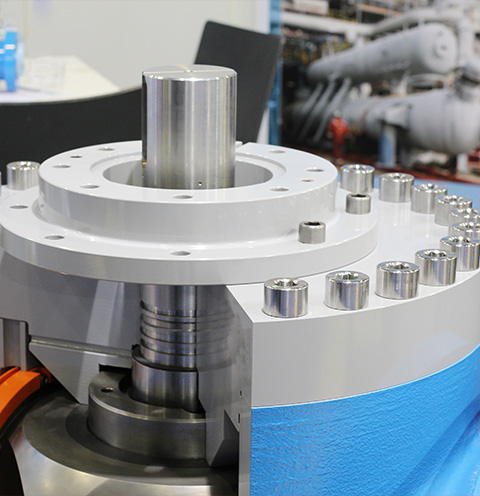
Supply Ball Valves By Number of Pieces
One Piece Ball Valve
We as a single piece ball valve supplier that is the cheapest kind because either welded or forged together. The downside of this kind is, assembly for cleaning or replacement is impossible.
Two Piece Ball Valve
As its name connotes, it is made of two pieces connected by a thread. For an internal replacement or cleaning, removal of the valve from the pipeline is necessary.
Three Piece Ball Valve
As one of the best 3 piece ball valve manufacturers Xhval makes bolt connections that keep the three-piece housing molded together. Cleaning, check up or disassembly without removing everything is possible.
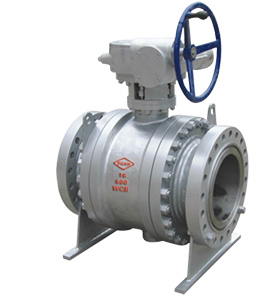
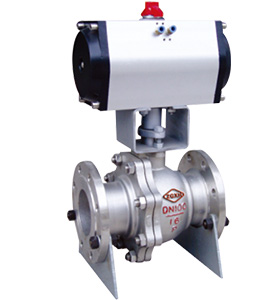
Ball Valve By Ball Movement
Trunnion Mounted Ball Valve
Xhval as the reliable trunnion ball valve manufacturer offers an extra anchor either on the top, bottom or both on the ball. This is to offset valve torque. Furthermore, the trunnion reduces the friction caused by the linear high pressure as components pass through the pipes. Double trunnion ball valves have an anchor on the top and bottom parts The bottom holds the ball in place instead of allowing to float in contrast to the floating ball valve. The top trunnion opens or closes the valve.
Floating Ball Valve
As its name suggests, the ball inside the valve is floating. Consequently, it is only supported by two seats made from a soft elastomeric material. This is the most common ball valve design. A stem connected at the top of the ball makes the quarter turn. Furthermore, the seat allows for better leak tightness. Because of its design, the floating type can be shut off in a bi-directional manner.
Ball Valves By Body Arrangement
Valve manufacturers also categorize ball valves based on body arrangement. It can either be split type, top entry, end entry or a three-piece body.
Top Entry Ball Valve
This type of valve has the bonnet cover located at the top part of the ball. This allows easy removal, assembly, and repair of internal valve parts.
Split body ball valve
This type of valve has the ball and other internal parts encased in a smaller casing held together by bolts.
Rising Stem Ball Valve
This type of ball valve has a stem embedded in the seal so both sides don’t touch. As a result, it eliminates friction between the two. When stem moves away from the seal, valves open. In contrast, and when the valve closes, the stem is in between the seals. This type of design reduces uneven wear and tear of the seat.
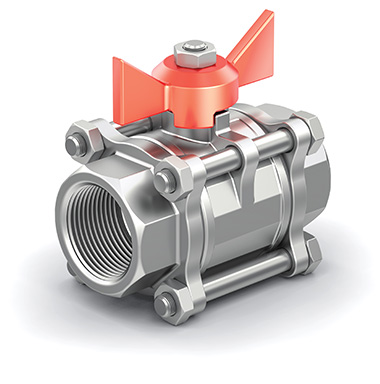
Ball Valves By Material
PVC Ball Valve
When corrosive media is used, polyvinyl chloride (PVC) is the material preferred, except when the temperature exceeds 60°C. That being said, this is most suitable for low-pressure use.
Stainless Steel Ball Valve
Xhval a stainless steel ball valve manufacturer offers grade 316 ball valve that is commonly used for high-quality valves as it can withstand high corrosive materials. The medium quality uses the 314-grade stainless steel.
Brass Ball Valve
Because this is a stable alloy, brass is the most common ball valve body material. However, avoid using valves with this material especially when the application has chloride solutions because it corrodes brass of its zinc component, thereby decreasing stability.
Request A free quote
Or contact us to see our certificates
We'd like to work with you
- +86 577 5768 9696
- [email protected]

